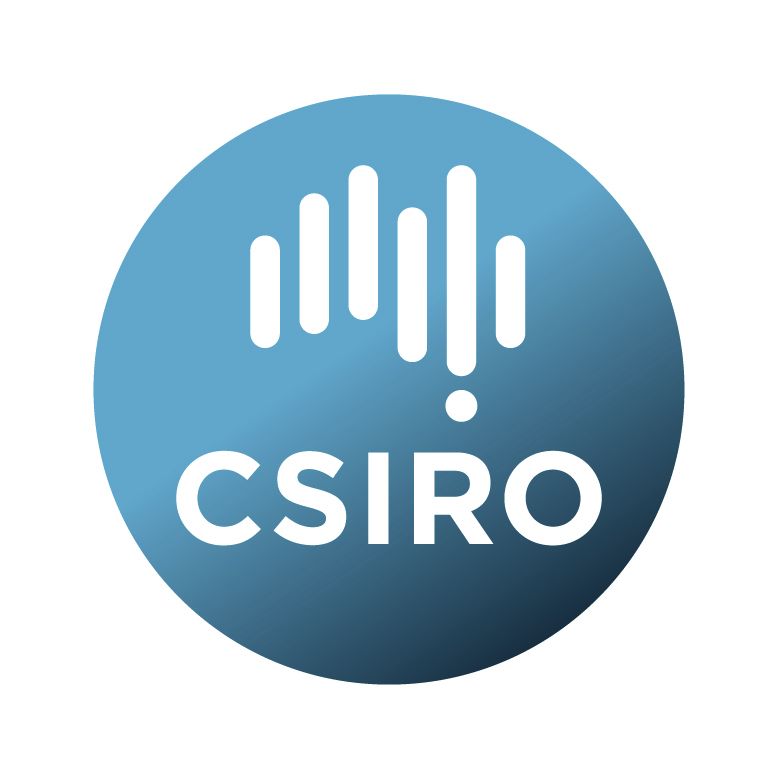Brief description
Projections of sea level rise (SLR) will lead to increasing coastal impacts during extreme sea level events globally, however, there is significant uncertainty around short-term coastal sea level variability and the attendant frequency and severity of extreme sea level events. In this study, we investigate drivers of coastal sea level variability (including extremes) around Australia by means of historical conditions as well as future changes under a high greenhouse gas emissions scenario (RCP 8.5). To do this, a multi-decade hindcast simulation is validated against tide gauge data. The role of tide-surge interaction is assessed and found to have negligible effects on storm surge characteristic heights over most of the coastline. For future projections, a couple of twenty-year long simulations are carried out over the time periods 1981-1999 and 2081-2099 using atmospheric forcing from four CMIP5 climate models. Results provide insights into how future atmospheric circulation changes may impact Australia’s coastal zone and highlight regions of potential sensitivity to atmospheric circulation changes. Areas of note are the Gulf of Carpentaria in the north where changes to the northwest monsoon could lead to relatively large increases in extreme sea levels during Austral summer. For the southern mainland coast the simulated scenarios suggest that a southward movement of the subtropical ridge leads to a small reduction in sea level extremes.This collections provides data from 4 CMIP5 models historical and end of century RCP8.5 projections. We provide data for currents (ubar and vbar) and sea surface height (zeta) in separate files for each time period for each model. ACCESS1.0 and hadGEM2 data is hourly, while CNRM-CM5 and INMCM4 data is half-hourly.
Lineage: Regional Ocean Circulation (ROMS) numerical model (https://www.myroms.org/) simulations
configured to run in barotropic or ‘depth-averaged’ mode. The model grid spans the Australian continent at 5 km resolution.
For simulations including tides, the tidal currents and heights were derived from the TPXO7.2 global model and applied to the open model boundaries. TPXO7.2. Eight primary tidal constituents (M2, S2, N2, K2, K1, O1, P1, Q1) are provided on a 1/4 of a degree resolution.
Baseline experiment:
The model experiments performed are also used to investigate non-linear tide-surge interactions as well as the meteorological causes of extreme sea levels around the Australian coastline. Three baseline experiments are run over the period 1981-2012. The first experiment, B-TM, includes tidal and meteorological forcing, the second, B-T, tide-forcing only and the third, B-M, meteorological forcing only. Meteorological forcing for these experiments is obtained from the Climate Forecast System Reanalyses (CFSR) dataset which provides meteorological variables across the globe at hourly temporal resolution and approximately 38 km spatial resolution from 1979 to 2012.
Climate change experiments:
Meteorological forcing from four GCMs from the 5th Phase of the Coupled Model Intercomparison Project (CMIP5) is undertaken to assess how climate change will affect sea levels around the Australian coast.Tides were not included in the simulations forced by climate models.
Available: 2022-05-02
Data time period: 1981-01-01 to 2099-01-01
Subjects
Atmospheric Sciences |
Atmospheric Sciences Not Elsewhere Classified |
Climate Change Processes |
Climate Change Science |
Climatology |
Earth Sciences |
Natural Hazards |
Oceanography |
Physical Geography and Environmental Geoscience |
Physical Oceanography |
Sea level |
climate change |
storm surge coastal |
tides |
User Contributed Tags
Login to tag this record with meaningful keywords to make it easier to discover
Identifiers
- DOI : 10.25919/VSS7-0D84

- Handle : 102.100.100/439218

- URL : data.csiro.au/collection/csiro:54560



